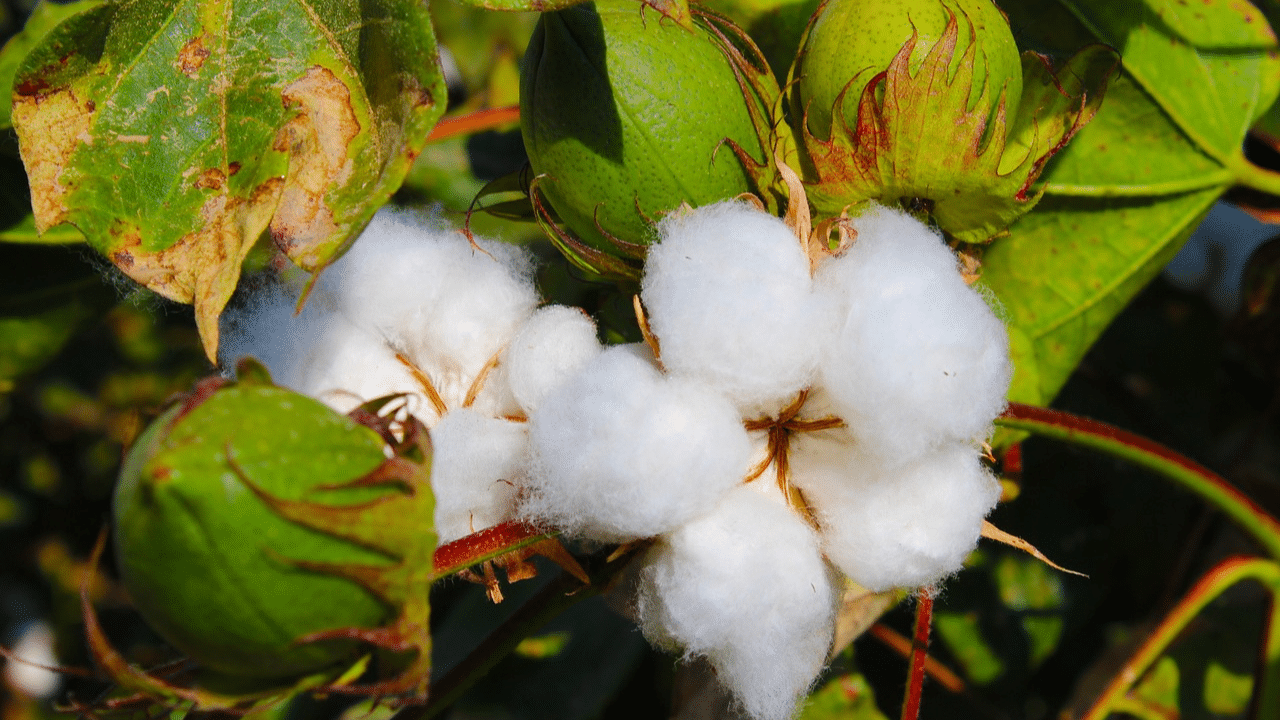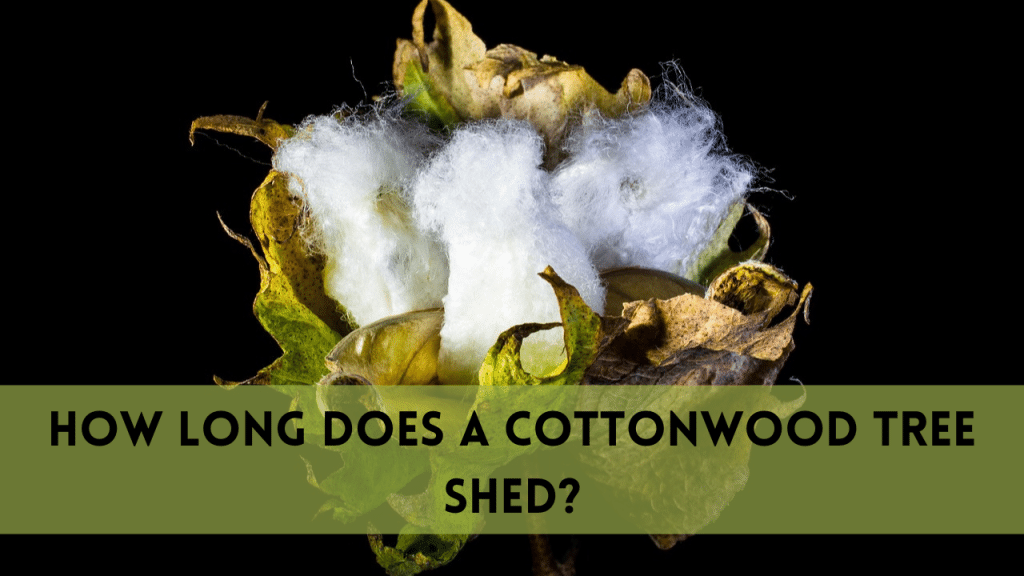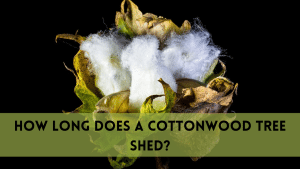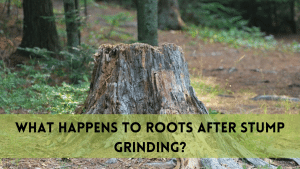When cottonwood tree shed their fluffy, cotton-like seeds, creating a dreamlike winter wonderland in the process, have you ever marvelled at the sight? An yearly event that draws in both nature lovers and inquisitive minds is the captivating dance of these seeds through the air. We shall delve into the interesting world of cottonwood trees in this post and examine the length and nuances of their shedding process.
Discover the duration of the fluffy seed shed by cottonwood trees, the meaning behind this natural occurrence, and the ecological benefits these magnificent trees provide.
The Natural Cottonwood Tree Shed
Scientifically classified as Populus deltoides, cottonwood trees are stately deciduous trees of the poplar family. These enormous trees, which are found all over North America, are distinguished by their large canopies and unusual triangular leaves. What really fascinates onlookers, though, is the process known as cottonwood tree shedding.
How Long Does a Cottonwood Tree Shed
What is the duration of a cottonwood tree shedding? The natural cycle that takes place every spring holds the key to the solution. A crucial component of the cottonwood tree’s reproductive system is seed shedding. This show usually starts in late spring and lasts until early summer.
The cottonwood trees get ready for their spectacular show as the temperature rises. The fluffy, cotton-like things that the female cottonwood trees drop are their seeds. The surrounding area is blanketed in white as a result of the wind carrying these seeds, commonly known as cottonwood cotton. These tiny tufts fill the air, producing a captivating sight that represents the tree’s continuing life cycle.
The Nature Of Cottonwood Tree Shed
Picture yourself beneath a mature cottonwood tree, just as it is about to drop its seeds. A light wind fills the air, and all of a sudden the tree appears to come to life. The cottony seeds go to the air and dance elegantly with the wind. In addition to being a stunning sight, this natural ballet is essential to the spread of cottonwood trees.
What is the duration of this performance? Several weeks may pass during the shedding phase on average, depending on humidity and temperature in the surrounding air. The slow, methodical dance of cottonwood seeds allows the seeds to spread out across a large region and increases the likelihood of successful germination.
The cottonwood tree shedding serves a vital purpose in their reproductive strategy. It is a carefully orchestrated act that ensures the survival and dispersal of the tree’s genetic material.
Ensuring Genetic Diversity
Cottonwood trees employ wind as their primary agent of seed dispersal. This method allows the seeds to travel considerable distances, reducing the likelihood of new saplings growing in close proximity to the parent tree. By preventing overcrowding, the cottonwood tree promotes genetic diversity, a key factor in the long-term health and adaptability of the species.
Nourishing the Ecosystem
The cottonwood tree shedding process is not solely for the benefit of the tree itself. The cottonwood cotton, carried by the wind, becomes a valuable resource for various organisms within the ecosystem. Small mammals and birds often utilize the fluffy seeds for nesting material, contributing to the intricate web of life that depends on these majestic trees.
Observing the Phenomenon of Shedding
To truly appreciate the wonder of cottonwood tree shedding, one must experience it firsthand. I vividly recall a spring day spent in the heart of a cottonwood grove. The air was filled with the sweet scent of blossoms, and the ground was adorned with a carpet of fallen cottonwood cotton.
Cleaning Up the Cotton Blanket
As enchanting as the shedding process may be, it inevitably leads to the aftermath – the ground covered in a layer of cottonwood cotton. While the sight may be picturesque, it poses a practical question for those responsible for maintaining the surroundings.

Dealing with the Cotton Blanket
The duration of this aftermath is relatively short-lived. As the shedding period concludes, the cottonwood cotton begins to settle, forming a soft blanket on the ground. For those managing landscapes, parks, or residential areas, this signals the start of a cleanup process.
Nature’s Recycling Cottonwood Tree
Interestingly, the cottonwood cotton serves as a natural mulch. As it decomposes, it returns valuable nutrients to the soil, enriching the environment and supporting the growth of other plants. This cyclical process highlights the harmony of nature, where every element, even the aftermath of shedding, plays a role in sustaining the ecosystem.
FAQs
What is the duration of a cottonwood tree’s seed shed?
Cottonwood trees usually drop their leaves for several weeks in late spring or early summer. The length of time might change depending on the surrounding conditions, such humidity and temperature.
Why do seeds fall from cottonwood trees?
Cottonwood trees use seed-shedding as a means of procreation. The wind distributes the fluffy, cotton-like seeds, fostering genetic variation and guaranteeing the species’ longevity.
After shedding, what happens to the cottonwood seeds?
The cottonwood seeds shed and are blown by the wind, blanketing the surrounding area in white. This mechanism promotes genetic diversity, inhibits overcrowding, and aids in seed distribution.
What role do shedding cottonwood trees have in the ecosystem?
Cottonwood trees lose their leaves, which helps the ecosystem by giving small mammals and birds something to nest with. The fluffy seeds end up being an important resource for a variety of environmental creatures.
How is cottonwood tree shedding aftermath handled, and is it harmful?
The result is a short-lived coating of cottonwood cotton on the ground. As it breaks down, it enriches the soil naturally acting as a mulch. Landscape managers, appreciating the advantages of nature’s recycling mechanism, can utilise this time for cleanup.
Conclusion
The cottonwood tree shedding is a timeless cycle that recurs with every passing spring in the vast fabric of nature. The detailed story of the cottonwood tree is enriched by the entrancing dance of seeds, the wind’s choreography, and the aftermath of the cotton blanket.
When does a cottonwood tree shed its leaves? Beyond the limitations of time, the solution reaches into the domains of ecological significance and the aesthetic appeal of natural rhythms. Let’s be in awe of the cottonwood tree’s tenacity and grace as we take in this yearly spectacle—a live example of the enthralling marvels of nature.





